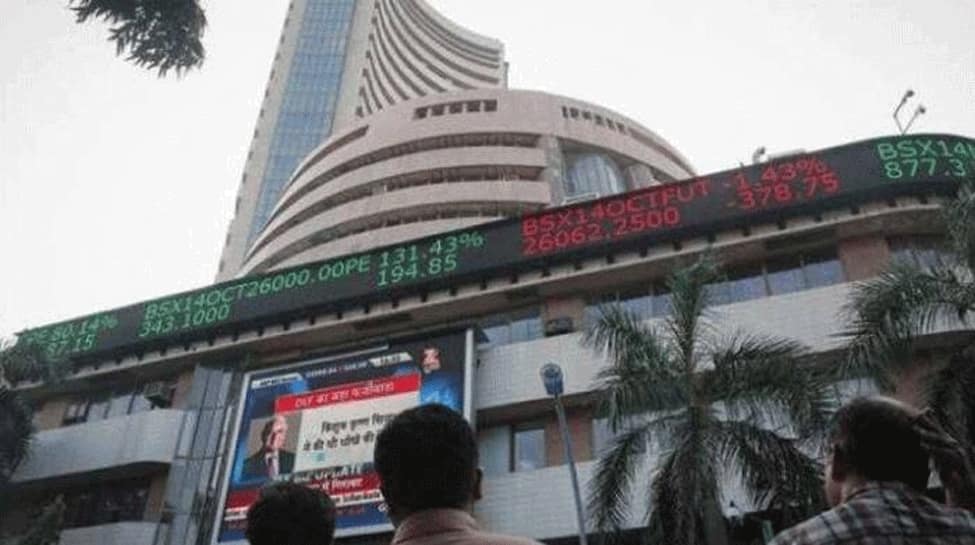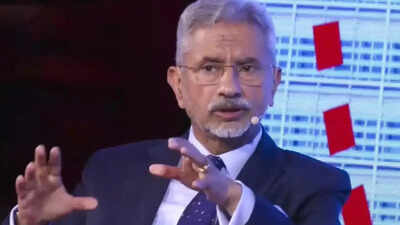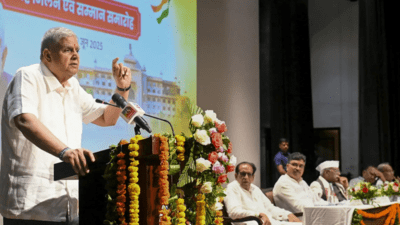Why Indian investors must think beyond borders

At the Mint Horizons session in Pune, experts urged Indian investors to move beyond home-market bias and adopt a more globally diversified approach. The event gathered voices from journalism, asset management, and fintech to make a clear case for international investing—even as regulatory caps and practical barriers remain.
The Mint Horizons series, which has covered Mumbai, Delhi, and Bengaluru, aims to help investors navigate the realities of today’s interconnected markets, where geopolitical shifts, interest rate changes, and technological trends can reshape returns. Watch the highlights below,
The case for global allocation
Neil Borate, Deputy Editor at Mint, set the tone by walking the audience through the history of the rupee and India’s place in the global economy. He highlighted past currency devaluations and India’s relatively small share of world market capitalisation, arguing that over the long term, dollar-based savings have protected purchasing power better.
“India has potential to grow its share, but it’s too small to even appear on global market-cap charts today,” he said. Neil also discussed routes for Indian investors to get global exposure, from mutual funds constrained by RBI’s $7 billion industry cap to direct investing through the Liberalised Remittance Scheme (LRS), which allows up to $250,000 per year per individual but requires strict tax compliance.
Beyond home-market bias
Swanand Kelkar, Managing Partner at Breakout Capital, emphasised that while India has delivered strong returns over multi-year periods, investors shouldn’t assume that domestic markets will always outperform. He shared data showing that many large emerging markets have outperformed India over the past year, highlighting the value of looking beyond one’s own borders.
He also explained the US market’s unique dominance, where it accounts for roughly two-thirds of global equity market capitalisation despite representing only about 27% of global GDP—a testament to its corporate profitability and investor confidence.
Kelkar argued that emerging markets broadly remain attractive, with strong earnings growth and return on equity potential, even as investors need to choose countries and companies carefully.
Making access easier
Shubho Moulik, CEO of Appreciate, turned to the practical barrier’s Indian investors face. His platform, he explained, has focused on removing cost and complexity from the LRS process, enabling retail investors to start investing internationally in just a few minutes with fractional ownership options.
“Your jobs and homes are here—but if I told you to put all your money in one stock, you’d say I’m crazy. Why do it with your country?” he asked, recommending that investors allocate at least 25–35% of their portfolio to global assets. He also discussed how AI and ML will soon offer investors real-time, high-accuracy investment recommendations, further democratising access.
Managing risk with discipline
Raunak Onkar, Fund Manager & Head of Research at PPFAS, offered a fund manager’s perspective on why governance standards matter.
He explained that PPFAS deliberately restricts its international exposure to developed markets with strong track records of protecting minority investors. Even then, they often access foreign companies via US-listed ADRs to keep currency exposure manageable while maintaining global diversification.
Onkar also reminded investors that home bias isn’t just geographic but sectoral. For instance, Indian IT companies may be listed locally, but much of their scale and client base is overseas. He encouraged investors to compare valuations globally and ensure they aren’t overpaying simply because a stock is familiar or easy to buy locally.







